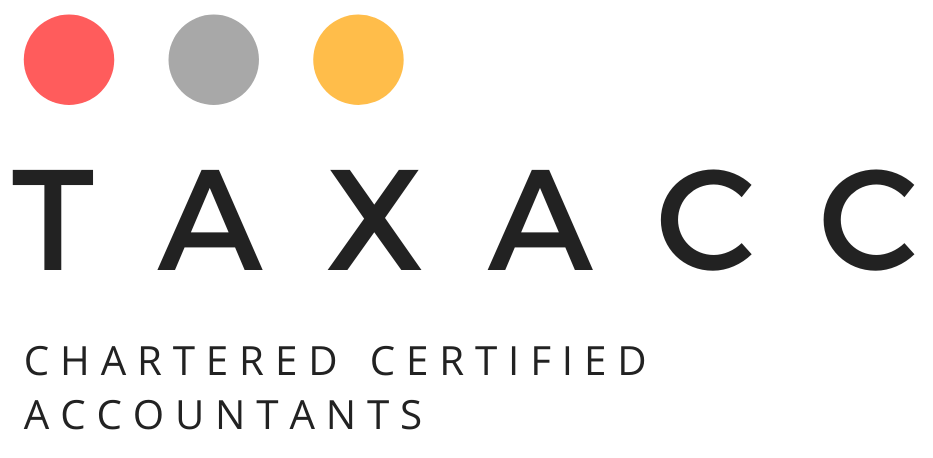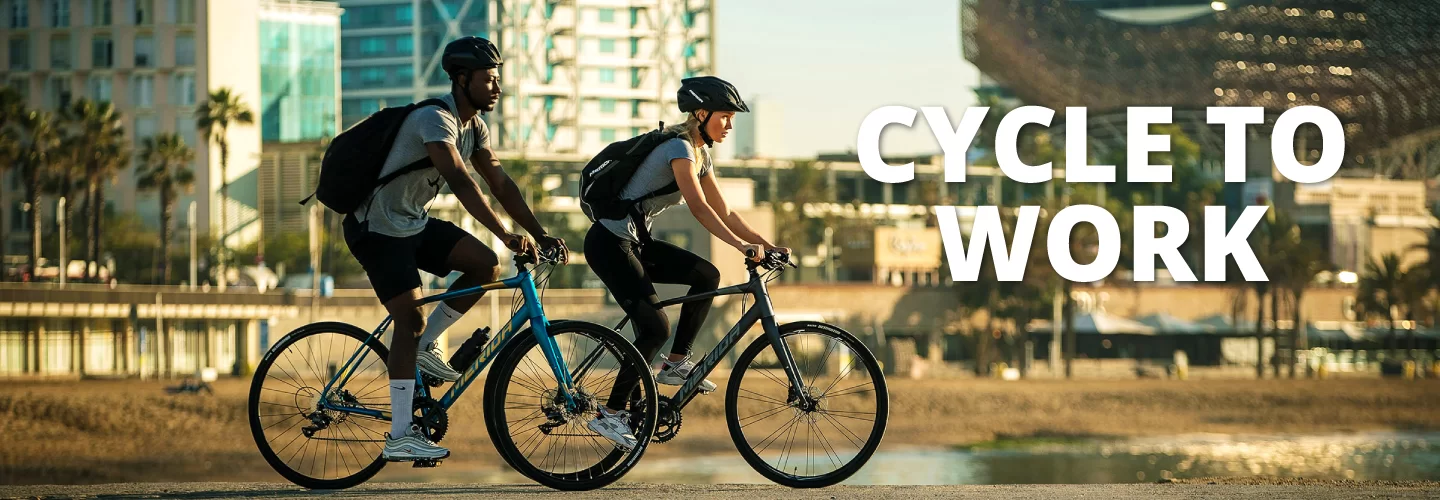When car prices are through the roof and fuel prices are at their highest, your employees could be better off cycling to work than driving. While cycling has health benefits, the cycle-to-work scheme also has some tax benefits. Both you, as an employer, and your employee will benefit from the scheme.
The Scheme
Under this scheme, you, as an employer, can provide an expensive electric cycle to an employee without creating a tax liability as a P11D benefit in kind. Your employee can sacrifice salary to own the cycle. As a result, your employee will pay less tax and NIC than their full salary. You will calculate the PAYE and NIC on the employee’s salary after the salary sacrifice.
As an employer, you can contact various bike shops. These shops will handle your administration and run the scheme on your behalf.
The Cycle to Work scheme assists an employee and spreads the cost of the bike through monthly tax-free instalments that an employee makes to an employer. It can also save the employer considerable NIC!
What can you buy under the cycle-to-work scheme?
In addition to the cycle itself, your employee can also buy eligible equipment, including helmets, bells, horns, lights, mirrors, child safety seats etc. They can also buy locks, puncture kits, cycle tool kits and tyre sealants.
Key aspects of the scheme
- You can decide on a financial cap, i.e. Maximum spend limit for your employees and the cycle shop. This figure could be, say, £2,000 per cycle.
- You will need to register with the scheme provider.
- Your employee will typically enter into a consumer hire agreement directly with the scheme provider. The employee will then hire the cycle from the scheme provider, who will assist with the salary sacrifice arrangements and administration. The scheme provider will continue to own the bike during the hire period.
- The employee will choose the cycle they want. The employer will then pay a lump sum payment to the scheme provider to cover the total hire payments due over the requisite agreed hire period. In your accounts, you will treat this as a loan to your employee.
- You will deduct the monthly repayment towards the loan from your employee’s gross salary in point 4 above. As your payroll provider and accountants, we will ensure correct calculations and accounting entries.
- Salary sacrifice periods are for a minimum of 12 months but could be longer, i.e. between 12 to 48 months. Most of our clients decide on a two-year repayment period.
Some benefits of the cycle-to-work scheme.
- Any employer of any size across the private, public and voluntary sectors can set up a Cycle to Work scheme. You will need to ensure that the participating employees are 16 years or over.
- There is no financial limit on the value of the cycle that the employer can provide under the scheme.
- The employee will achieve considerable tax and national insurance saving from participating in the Cycle to Work scheme.
- An employee who is a basic rate taxpayer could save 32% over the repayment term, namely 20% income tax and 12% National Insurance. The employer will make the employer’s NIC savings as well!
- If the employee is a 40% taxpayer, the saving will be 42% (40% income tax and 2% NIC) over the appropriate repayment term.
You must meet the following conditions.
- The employee must not own the cycle at any point during the hire period.
- The employee must use the cycle at least 50% for ‘qualifying journeys’, i.e. commuting to work and back.
- You must offer the cycle-to-work scheme across the whole workforce. And you cannot exclude any particular group of employees.
- Any size of employer in the public, private or voluntary sectors can run a cycle-to-work scheme.
- It can only be offered to actual employees on the payroll, not self-employed workers.
- Two e-bikes could be hired to one employee if desired, i.e. one e-bike is used at either end of the train journey between home and the place of work. However, each bike must be used for commuting.
At the end of the period, the employee will have three options:
- to extend the hire agreement with the external third-party Cycle to Work scheme provider; or
- to return the cycle and equipment to the external scheme provider; or
- the employee can pay a fair market value and then take ownership of the cycle.
Example
The acceptable market value to be paid by the employee to obtain legal ownership of the cycle will vary depending on the original price of the cycle and its age when transferred. For example, if the cycle is one year old and the original price is less than £500, the acceptable value will be 18% of the actual price. If the original value exceeds £500, it will be 25%. The appropriate percentage will reduce if the cycle is older (see the following table).
Age of Cycle Acceptable disposal value as a percentage of the original price (including VAT)
Original price of the cycle less than £500 Acceptable disposal value as a percentage of the original price (including VAT)
Original price £500+
- One year 18% 25%
- 18 months 16% 21%
- Two years 13% 17%
- Three years 8% 12%
- Four years 3% 7%
- Five years Negligible 2%
- Six years and over Negligible Negligible
Conclusion
The Cycle to Work scheme has become very popular with employers and employees across the UK. There are significant tax and National Insurance savings to be made by both the employer and the employee! The scheme will create a healthier, happier and potentially more productive staff member who does not require a parking space and has helped reduce environmental pollution.


